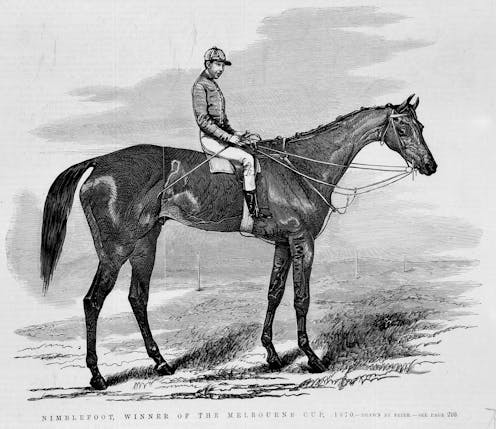In Nimblefoot, Robert Drewe returns to historical fiction after more than 25 years
- Written by Per Henningsgaard, Senior Lecturer, Curtin University

Nimblefoot[1] is the eighth novel by Robert Drewe. His first, The Savage Crows[2], was published in 1976. He is the author of four collections of short stories, two memoirs, and numerous works in a variety of other forms.
He is also the recipient of numerous literary prizes, including the Commonwealth Writers Prize for The Bay of Contented Men[3] (1989), and he has been shortlisted for the Miles Franklin Award twice – for his historical novels Our Sunshine[4] (1991) and The Drowner[5] (1996).
Review: Nimblefoot – Robert Drewe (Hamish Hamilton).

















